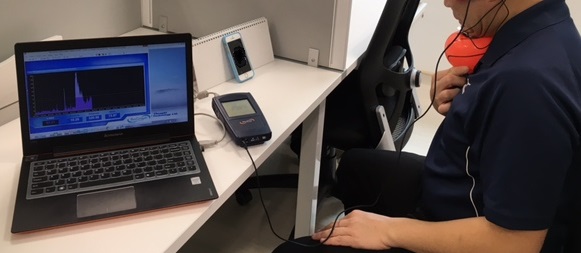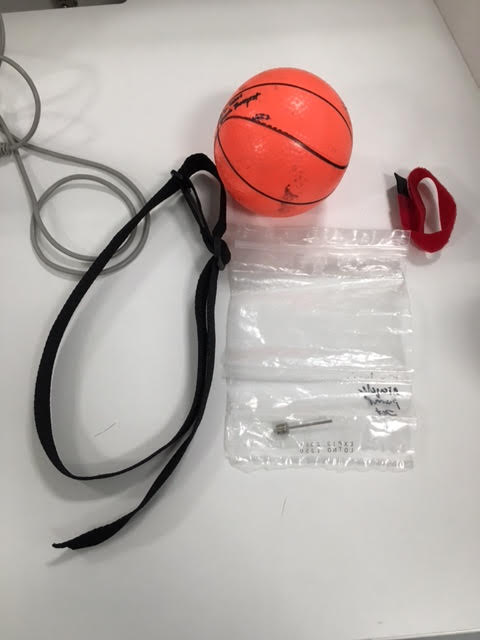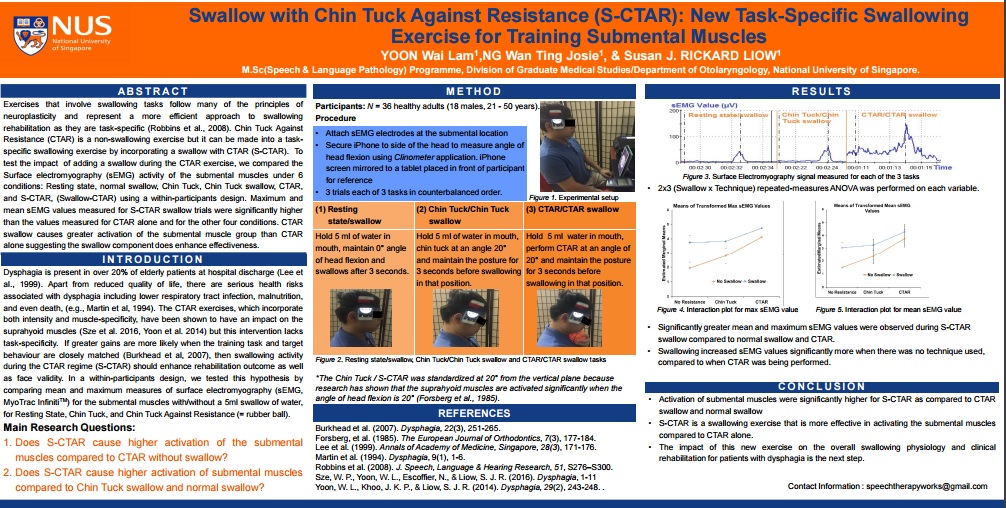
Life has been so busy since I came back from DRS 2017. Finally, I have some time to put up this blog.
I was honored to be invited to present a research poster at DRS this year.
This is probably one of the best year for dysphagia research representation from Singapore as we have 2 oral presentations from Singapore General Hospital and 1 poster presentation (presented by me) from National University of Singapore.
My poster presentation was on Swallow with Chin Tuck Against Resistance (S-CTAR).
Some of the happy moments at DRS:
- Portland, Oregon is really beautiful and … cold.
- Finally get a chance to meet my Facebook pal, Nabil from Canada in person. We share a common interest in dysphagia. Lots of interesting discussion on dysphagia via WhatsApp and Facebook messenger.
- Get to meet some old friends and made more new friends from all around the world.
- managed to take a selfie with Dr Reza Shaker!
- Happy to know that CTAR or Chin Tuck Against Resistance is a well known and well like exercise in USA and Brazil. Brazil Speech Pathologists informed me that they have started research on CTAR! I really hope that clinical study on CTAR will be out soon.
- Most Speech-Language Pathologists were excited to know that S-CTAR can be used as a task specific exercise and foresee that they will use it in their dysphagia therapy or management.


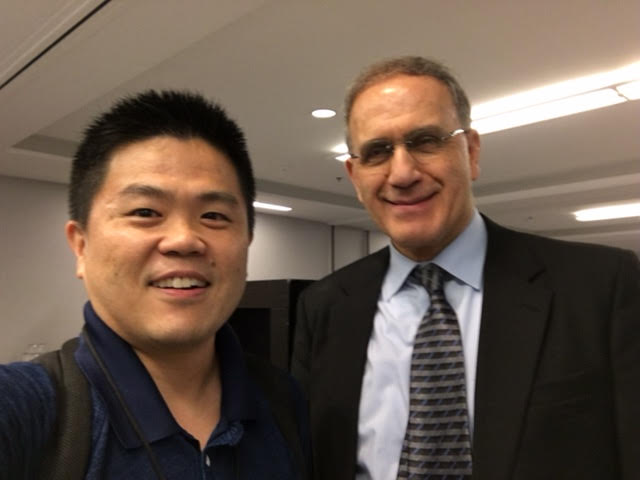
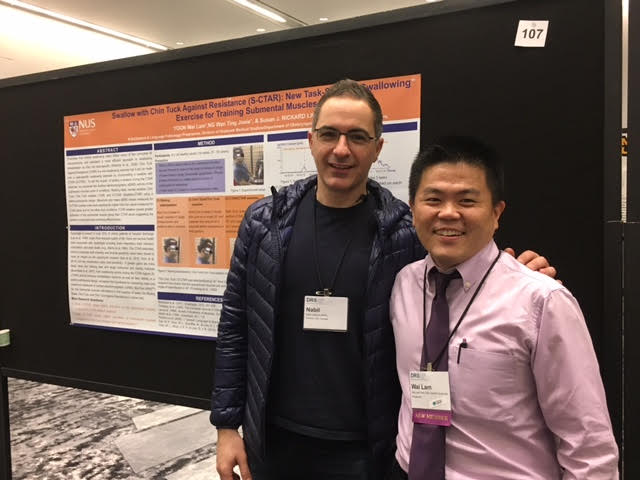
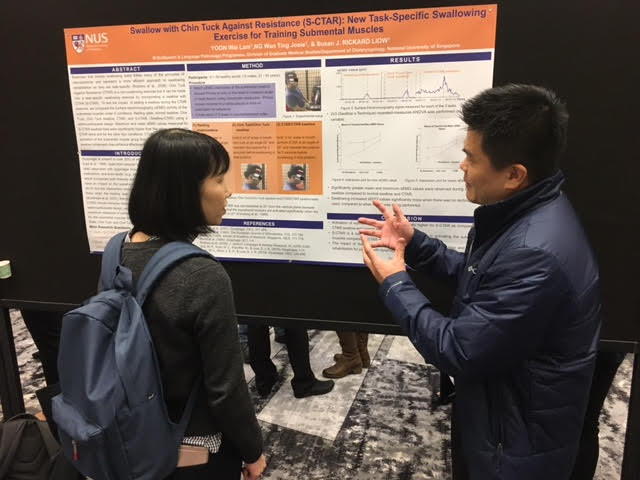

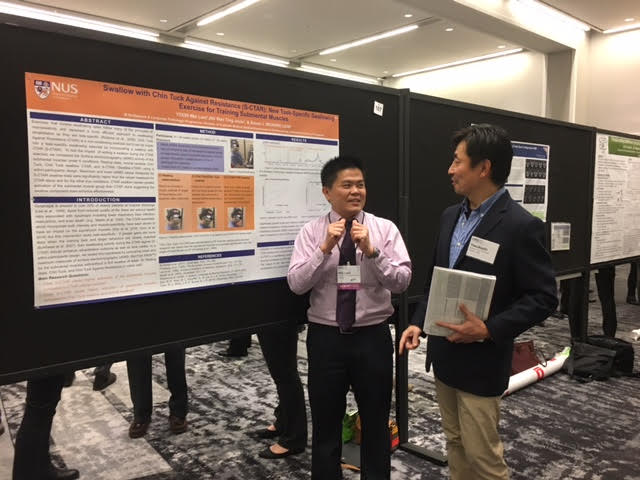
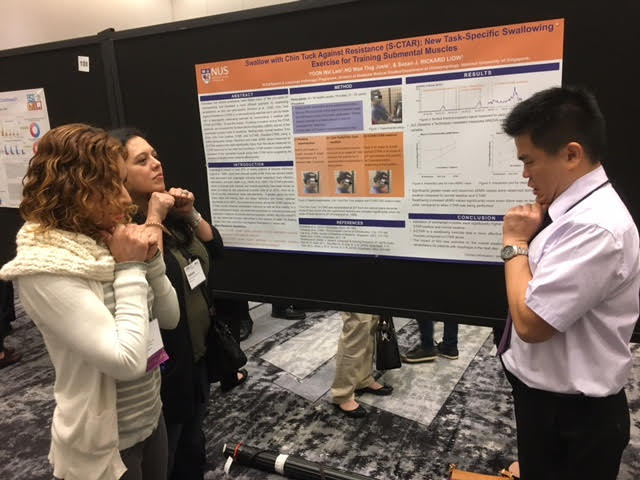

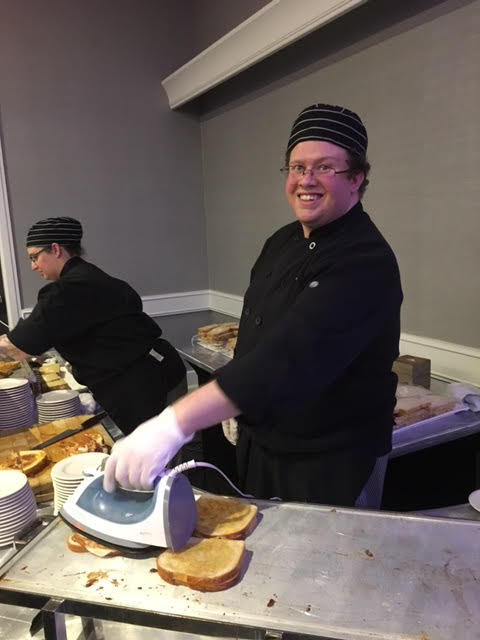
I was asked a few interesting questions on CTAR. One of the few interesting question is: are there any devices in the market that you think is good to be used to perform CTAR? I think this is an interesting question as we have seen quite a number of devices (different type of balls, hand held devices etc) being introduced to the market since the first paper on CTAR was published in 2014.
Click S-CTAR Poster to download the poster that I presented at DRS 2017.
I will list out all those questions and answers in separate post soon.
To end this post, I would like to congratulate and express my appreciation to all the DRS committees for this successful and enlightening meeting.



